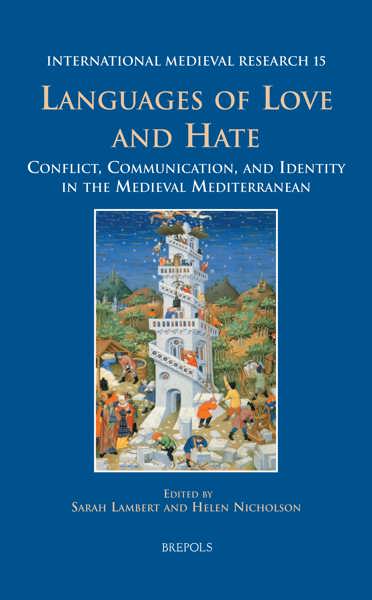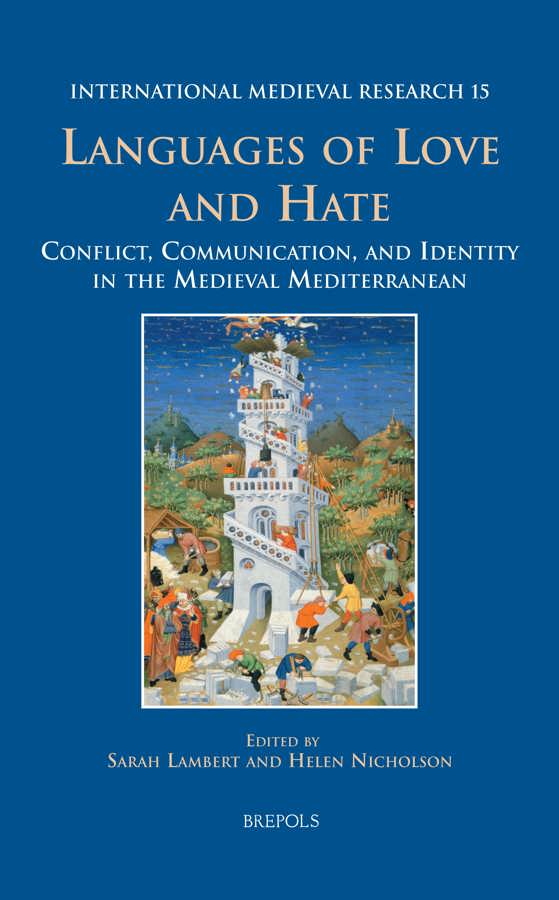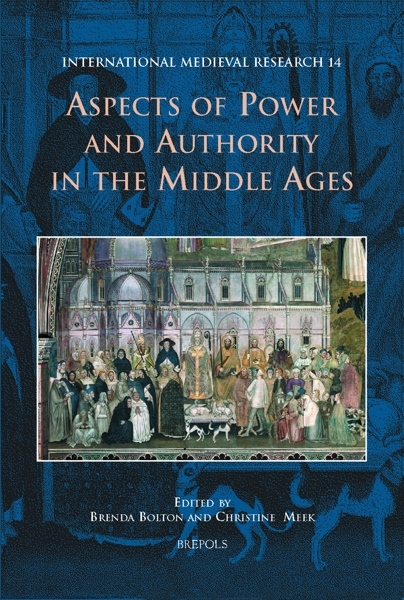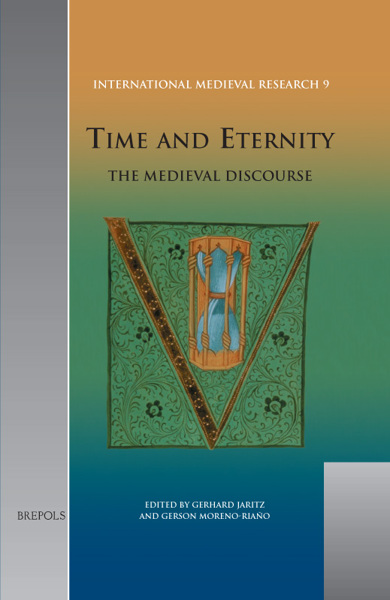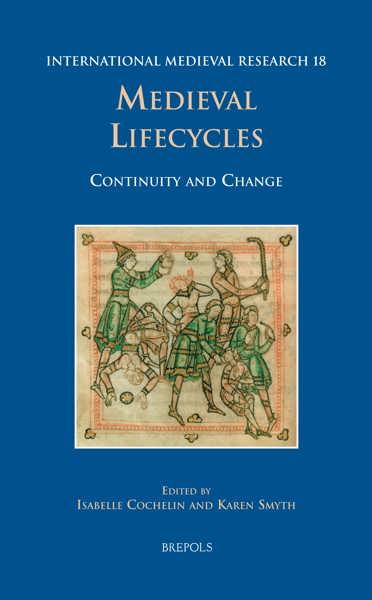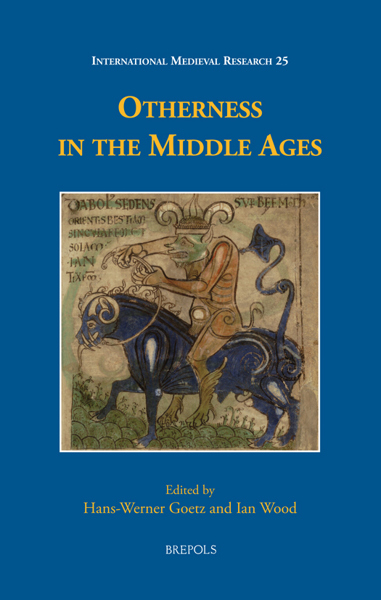
Languages of Love and Hate
Conflict, Communication, and Identity in the Medieval Mediterranean
Sarah Lambert, Helen Nicholson (eds)
- Pages: 286 p.
- Size:156 x 234 mm
- Illustrations:9 b/w
- Language(s):English
- Publication Year:2012
- € 95,00 EXCL. VAT RETAIL PRICE
- ISBN: 978-2-503-52064-3
- Hardback
- Available
- € 95,00 EXCL. VAT RETAIL PRICE
- ISBN: 978-2-503-54013-9
- E-book
- Available
This volume of essays examines the role of language in cultural exchanges and clashes in a range of European cultures at the time of the crusades.
"The volume Languages of love and hate (...) is well researched and its results are well presented. The intention, as formulated by the editors, is steadily pursued: to show the importance of languages and how they can form identities. The thematic structure is comprehensible and gives the reader good access into the historical connections and significance of the different studies. A select bibliography at the end of the compiled essays may serve as a basis for further research. It is a relevant and important academic work. It is indispensable for studies of languages in the medieval Mediterranean. (...) Because of the volume’s high standards, the different essays can serve as reliable and productive sources. The studies collected present various fields of transcultural research and are therefore a valuable tool for further research in this area." (Kristina Göthling, in: Journal of Transcultural Medieval Studies, 1.1, 2014, p. 156-160)
“(…) readers will find much of interest in the individual essays in this volume.” (Sharon Kinoshita, in Medieval Encounters, 22, 2016, p. 602)
This book probes the nature of the clash of cultures as a process of identification and classification of the unknown. ‘There is no world of thought that is not a world of language and one sees of the world only what is provided for by language’ (Walter Benjamin, 1936). In the medieval Mediterranean, cultural groups were frequently labelled, fixed, and identified by language, and these linguistic groupings were consistently in states of conflict and/or exchange. This collection explores various expressions of cultural clash and exchange, and examines some of the ways in which language was used to express difference, to mark out cultural difference, and to further label those cultures – often as alien and inferior, but sometimes as different and worthy of respect. This theme unites scholars coming from a range of perspectives and engaging with a whole series of cultural interchanges and conflicts. It brings together work on a wide range of peoples – Latins, Byzantines, Muslims, and Jews – commenting on and writing about each other, as well as a wide variety of different genres, from theology to farce. This volume seeks to offer a broad and wide-ranging approach to understanding the world at the time of the crusades through the words of participants and observers.
Illustrations
Preface
Abbreviations
Contributors
Introduction
Part I. Western Depictions of Saracens and Others in Latin and French Vernacular Writing
Tolerated Otherness: The ‘Unconverted’ Saracen in the Chansons de geste — MARIANNE AILES
Love in a Hot Climate: Gender Relations in Florent et Octavien — HELEN J. NICHOLSON
‘Pagans’ and ‘Others’ in the Chanson de Jérusalem — SUSAN B. EDGINGTON
Crusaders in a Hall of Mirrors: The Portrayal of Saracens in Robert the Monk’s Historia Iherosolimitana — CAROL SWEETENHAM
Translation, Citation, and Ridicule: Renart the Fox and Crusading in the Vernacular — SARAH LAMBERT
Part II. Relations between the West and Byzantium
Eyeing up Eunuchs: Western Perceptions of Byzantine Cultural Dierence — SHAUN TOUGHER
Collusion with the Infidel as a Pretext for Western Military Action Against Byzantium (1180–1204) — JONATHAN HARRIS
Greeks and Latins at the Time of the Fourth Crusade: Patriarch John X Kamateros and a Troubadour Tenso — LINDA PATERSON
Greeks and Franks Aer the Fourth Crusade: Identity in the Chronicle of Morea — TERESA SHAWCROSS
‘Catholics’ in the Byzantine Political Elite: The Case of Demetrius Kydones — JUDITH R. RYDER
Part III. Western Confrontation with Islam and Judaism in Iberia and the East
Mamluks and Crusaders: Architectural Appropriation and Cultural Encounter in Mamluk Monuments — KAREN ROSE MATHEWS
Modes of Literary Behaviour in Christian-Islamic Encounters in the Iberian Peninsula: Pseudo-Turpin versus Peter the Venerable — MATTHIAS M. TISCHLER
Rodrigo Jiménez de Rada and his Historia Arabum: An Extraordinary Example of Inter-cultural Tolerance? — MATTHIAS MASER
Integration or Exclusion of Judaism in the Later Middle Ages? The Apologetic Strategies of Ramón Llull — WOLFRAM DREWS
Select Bibliography
Index
